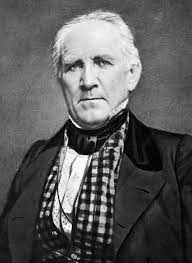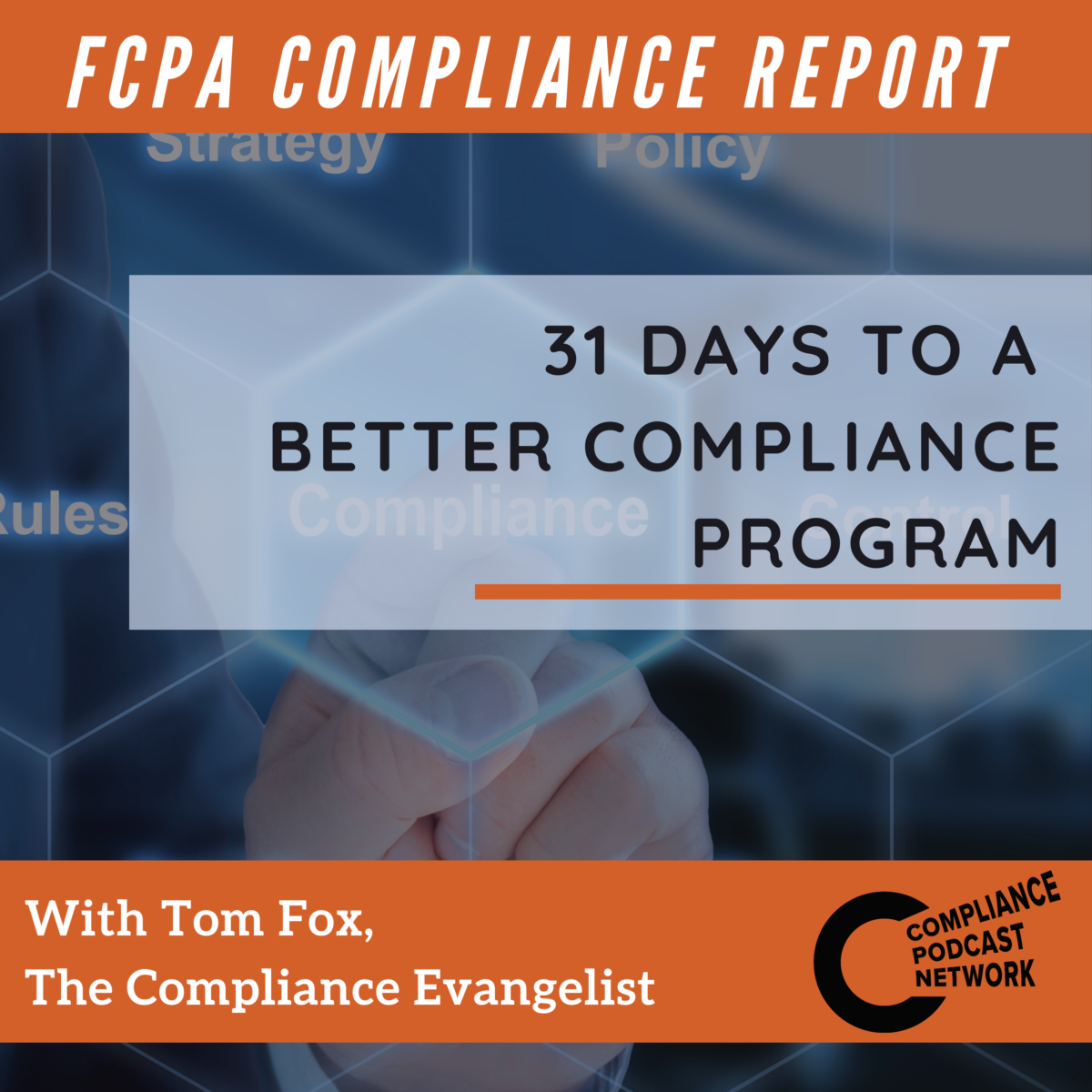The Museum of Western Art is dedicated to excellence in the collection, preservation, and promotion of Western Heritage and the education and cultural enrichment of our diverse audiences. The Museum serves as a bridge between the past and the present, ensuring that the legacy of the American West will be preserved for the future. Western Art is as engaging and important as ever. In this podcast series, Museum Executive Director Darrell Beauchamp visits with the artists who work in this Western heritage to talk about their work, the legacy of Western Art, and why talking about it is so important today. In this episode, Darrell visits with Bill Farnsworth.
Illustration is a unique form of art that combines storytelling and visual representation. It requires a keen eye for detail, a deep understanding of composition, and the ability to bring characters and scenes to life. In a recent episode of the podcast “It’s Art, let’s talk about it,” hosted by Darrell Beauchamp, renowned illustrator Bill Farnsworth shared his journey and valuable advice in the field of illustration artistry.
Farnsworth’s passion for drawing began at a young age, influenced by the captivating characters of Disney. He pursued a degree in illustration at the Ringling School of Art, where he honed his skills and gained a solid foundation in the craft. Farnsworth specialized in children’s books and historical illustrations, finding fulfillment in bringing stories and historical events to life through his art.
Like many artists, Farnsworth faced challenges along his journey. Self-doubt and the competitive nature of the art world can be daunting, but he persevered and found success in his chosen path. He emphasizes the importance of being versatile and exploring different directions throughout one’s career. Farnsworth believes that artists should be willing to turn over every rock and pursue multiple avenues to expand their horizons and find new opportunities.
One of the key takeaways from Farnsworth’s advice is the importance of learning from established artists. He cites several artists, such as Bernie Fuchs, NC Wyeth, John Singer Sargent, and Anders Zorn, as his idols. Farnsworth encourages young artists to attend workshops led by admired artists instead of pursuing costly four-year college programs. He believes learning directly from experienced professionals can provide valuable insights and practical knowledge to accelerate an artist’s growth.
Farnsworth’s painting process involves working on multiple pieces at once. This approach allows him to explore various subjects and keeps him engaged and inspired. He believes in laying the groundwork and sketching out ideas beforehand, ensuring he has a clear vision before starting a painting. Farnsworth also emphasizes the importance of being open to inspiration and constantly seeking new subjects that excite him.
Throughout his career, Farnsworth has transitioned from illustration to fine art. He believes that his experience in illustration has helped him become a better fine artist. The attention to detail and storytelling skills he developed as an illustrator has translated into his fine art, allowing him to create captivating and meaningful pieces.
Farnsworth acknowledges that being an artist can be challenging, both financially and emotionally. However, he finds solace in the fact that art feeds the soul and brings joy to both the artist and the viewer. He believes that the personal connection between the artist and the buyer is crucial, as art is a deeply personal and subjective experience.
In conclusion, Bill Farnsworth’s journey and advice in illustration artistry provide valuable insights for aspiring artists. His emphasis on versatility, continuous learning, and enjoying the artistic journey resonates with artists at all stages of their careers. Farnsworth’s success as an illustrator and fine artist serves as an inspiration for those looking to make their mark in the world of art.
Remember to visit the Museum of Western Art in Kerrville, Texas, to explore the rich tapestry of Western art and support these talented artists.
Resources
Museum of Western Art
Darrell Beauchamp on LinkedIn
Bill Farnsworth











